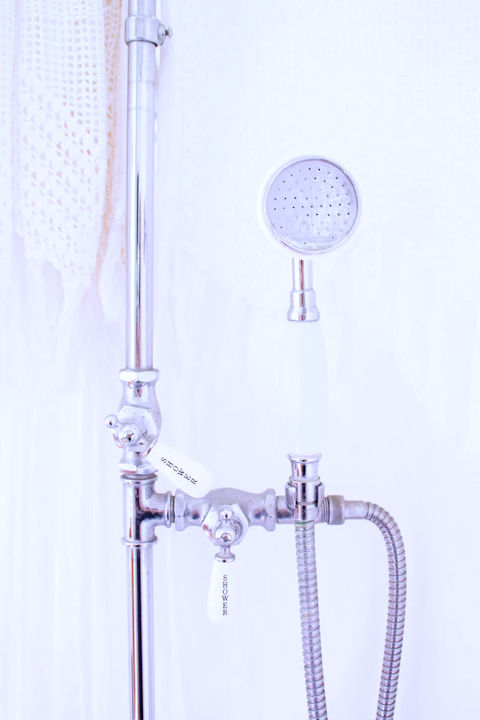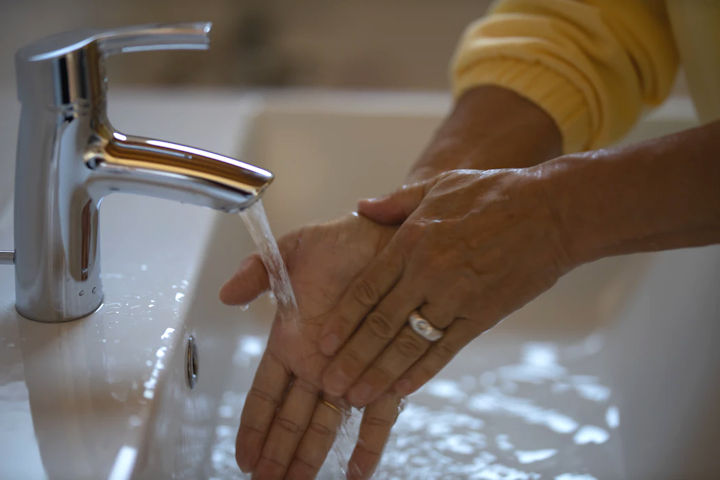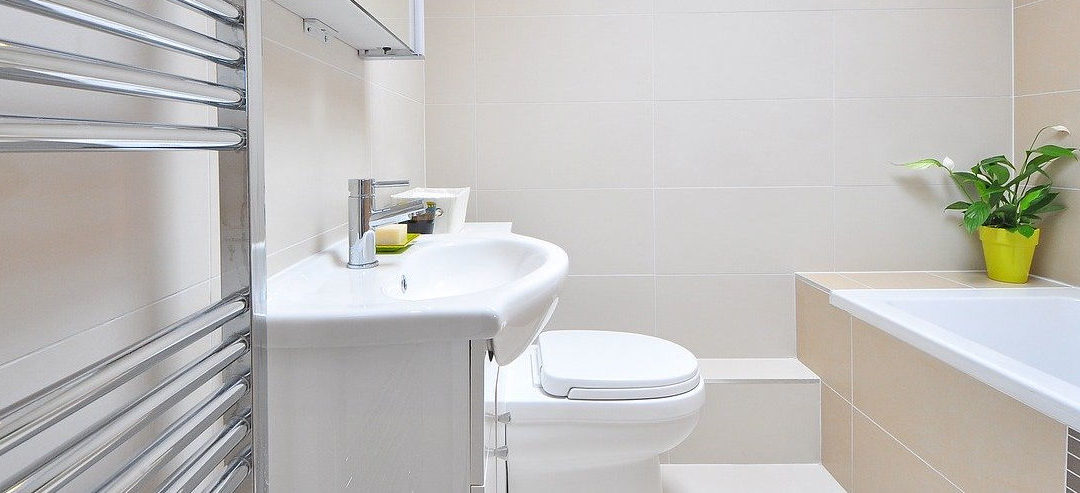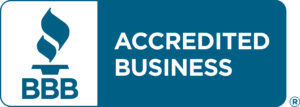Completing a bathroom remodel can leave homeowners feeling supremely satisfied, as increased space and functionality are major advantages for a room that has such a wide variety of purposes.
However, even the most minor bathroom renovations can sometimes feel like major undertakings, as drainage and water considerations can severely limit or divert your grand designs.
When starting your bathroom remodel, consider employing solid surface materials. Their acrylic composition offers flexibility that stone and tile surfaces cannot, allowing you to seamlessly mold your bathroom renovation to align with your vision in a number of creative ways.
#1 – Implement a One-Piece Shower Wall and Floor

Rather than try to line your shower wall with waterproof tile and seal it against the shower floor to prevent leaking, it could be a better idea to kill two birds with one stone and use a solid surface on both the floor and wall.
Solid surfaces have flexibility that allows for sturdy, one-piece designs, ensuring that no cracks ever exist where the shower wall and floor intersect.
Moreover, solid surface materials’ non-porous design ensures that no water ever seeps through to compromise your bathroom’s foundation or framing. These non-porous qualities also protect against those unsightly soap and grime stains that are known to build up on shower walls and floors, as cleaning is as simple as a wipe with a disinfected rag.
Finally, acrylic solid surfaces come in a wide array of colors and patterns, guaranteeing that you would be able to find a design to match with your overall bathroom decor, providing a classy backdrop to any aluminum handrails or stainless steel water fixtures you may use in your shower.
#2 – Install a Vanity with a Carved Out Trough Sink

The bathroom vanity is any combination of the sink basin and accompanying storage that helps conceal the associated plumbing.
There is traditionally a lot of sealing that has to take place when installing a vanity, as a sink basin is glued with a strong adhesive to a countertop opening, which is then mounted onto a cabinet that is attached to the wall. All of that sealing creates the opportunity for cracks, leaks, and the potential for expensive plumbing costs.
Solid surface materials can help mitigate this problem, as the easy-to-work-with acrylic composition makes it possible to carve a sink basin right into the countertop, eliminating any sealing issues that may arise over time.
A particularly appealing design, especially for couples in smaller bathroom spaces, is to carve a trough basin into white solid surface countertops, then drill holes for multiple faucet openings. This allows for more than one person to use the sink at once without adding the extra width that comes with multiple basins.
#3 – Mount a One-Piece Shelf and Backsplash Unit
The trend in home renovation is all about keeping things open. While this usually means knocking down the walls in your house to connect living spaces, it is also taking root by removing the doors from storage areas.
If you like the idea of having your neatly folded towels on display for everyone to see, consider having some shelves made out of solid surface materials.
There are plenty of ways you can get creative with this design. Have solid surface shelves rising on each side of your sink, with an opening in the middle to make room for a mirror. At the bottom, connect some backsplash to this unit, as the non-porous nature of solid surface materials makes for easy cleanup if toothpaste or any other debris from the sink were to splash out of the basin.
Mandy Lee is a contributor to Innovative Construction Materials. She is a blogger and content writer for the building materials industry. Mandy is focused on helping fellow homeowners, contractors, and architects discover materials and methods of construction that increase property value, maximize energy savings, and turn houses into homes.


